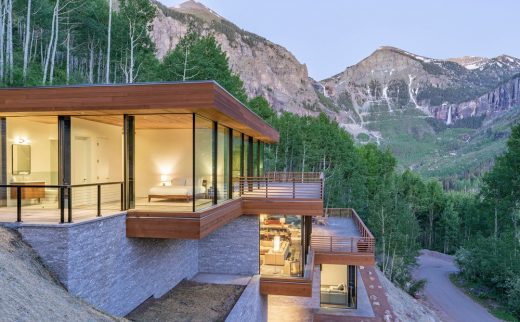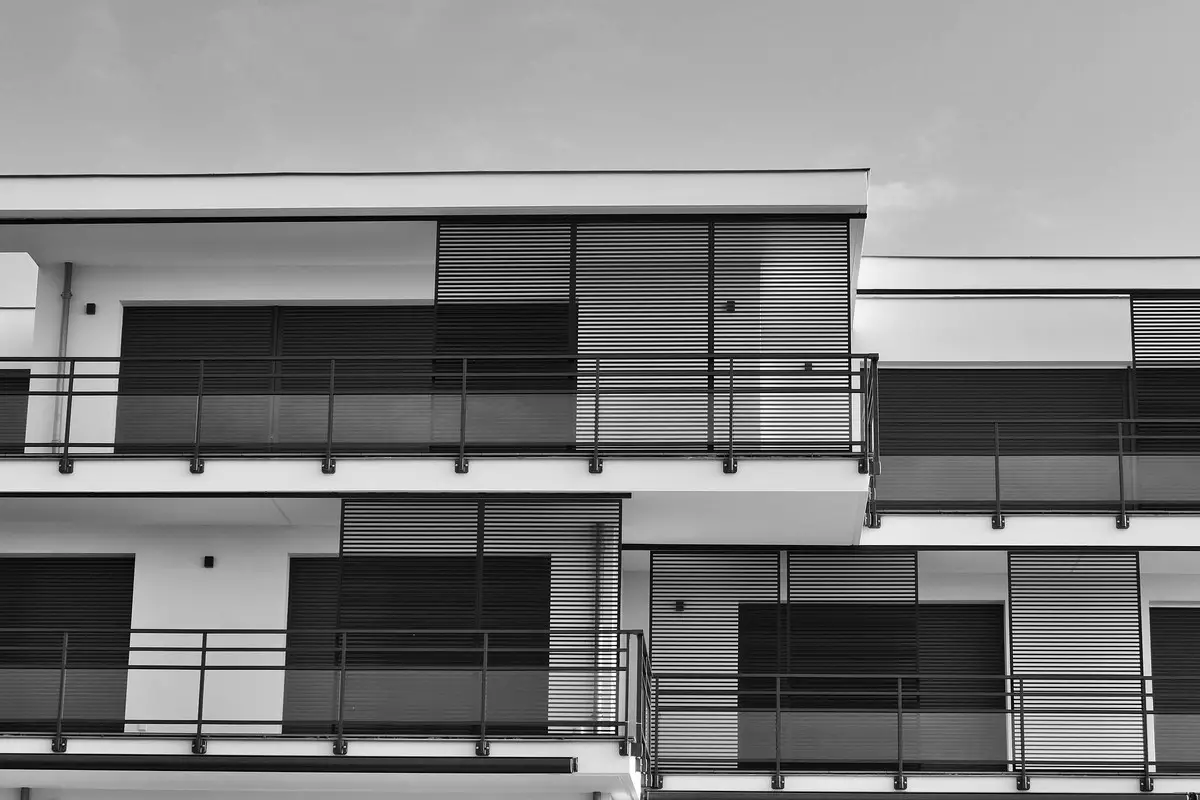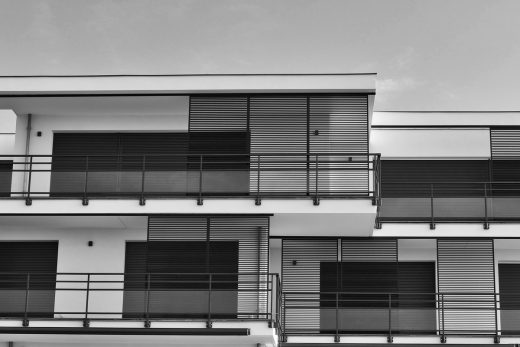Flat roofing and materials tips, Commercial roof type advice, Wall fire-rated access doors, House maintenance guide
Flat Roofing and Materials: A Guide to Commercial Roofing
23 August 2021
Flat roofs are economical and efficient in design. Its primary function is simple: maintaining its integrity by making it watertight and its insides dry. Flat roofs are now everywhere, with many variations of materials one can use. The number of flat or low slope commercial roofing solutions available today is no longer limited, and it has increased dramatically in the previous 50 years.
The Roofing Systems
Here are the different types of roofing systems and their related materials:
Metal Roofing Systems
It is one of the oldest roofing systems since ancient times. The malleable and robust properties of metal make it an excellent material for many roofing systems. Longevity, durability, and heat resistance are all advantages of metal roofing. Metal roofs can also survive strong winds and are highly resistant to most forms of damage.
Metal roofing will almost certainly require a more considerable initial investment than other flat roofing options. Today’s compositions of many low-slope metal roofs are of corrugated galvanized steel, which is a zinc-coated steel sheet. Commercial metal roofing materials also include copper, aluminum, stainless steel, and tin.
You can increase the efficiency of your installation process by installing wall fire-rated access doors. It will provide safe access to critical utility areas that you will need. In addition, the ease and safety it offers to your personnel can significantly increase their productivity when doing their work.
Low Slope Structural Metal Roofing
Standing seam roofing is a type that comprises interconnecting panels that run vertically over the roof surface. A painted mill finish or a clear acrylic finish are standard options for these panels. In addition, you can use particular metal roofing on low-slope applications that require machine seaming during installation to create a watertight seal.
To crimp the panel seams together, roll seaming equipment along with the panels. Standing seam construction ensures proper rain and snow drainage, preventing ponding, leaks, and other issues. Finally, low slope metal roofs are not susceptible to the degradation that some organic materials are, allowing them to withstand the elements better.
Retrofitting Applications
You need to attach a sub-framing system to the existing flat roof surface in metal roofing restoration projects to give a minimum 14:12 roof pitch. Acrylic coatings made of polymers that cure to form a durable, continuous elastomeric membrane over the metal roof surface are alternatives. They can add to satisfy your building’s unique waterproofing, corrosion, and UV protection demands.
For those seeking a lightweight and cost-effective solution, single ply roofing systems offer a practical alternative to traditional metal and retrofitting roofing methods. These systems are known for their quick installation times and minimal disruption to ongoing business activities. You can explore more about these systems on this page for single ply roofing or by contacting a local commercial roofing contractor. Even if you have a large roof area, these systems can cover it entirely without creating any structural stress.
Spray Foam and Liquid Applied Roofing Systems
Hot and cold polymer-modified asphalt, single-component asphalt or coal tar-extended urethane, and two-component urethane elastomer are all examples of liquid applied membrane roofing. Liquid Applied membrane systems necessitate meticulous substrate preparation, which must be dry, dust-free, and without any fissures.
It’s worth noting that, while liquid applied coatings are very elastic, self-flashing, and simple to use on curved surfaces, they have limited permeability and necessitate consistent thickness.
Living Roof Systems
You can make things easier for stormwater management with the use of living roofs. You can often see living plants in tray systems on top of the flat roof surface in green roofs. Keep in mind that the roofing membrane serves as the system’s foundation and is critical to the roof’s integrity and water tightness.
There are many guides online about installing a green roofing system in a building. There are variations, but the common elements are reinforcements for the installation, substrates for the plants, waterproofing the area, and installing a drainage system. Consult a professional if you are interested.
Asphalt Roofing Systems
Asphalt Roofing has always been a dependable choice for low slope roofing. It falls under three categories: Hybrid systems(a combination of the two other categories), Built-Up Roofing, and Modified Bitumen.
Built-Up Roofing (BUR) Systems
For over a century, BUR Systems, which is still prevalent in North America, composes alternating layers of asphalt and roofing felts. When combined with bitumen, it reinforces the felt with either glass-fiber or organic mats, resulting in a long-lasting roofing membrane. The number of “plies” on a roof indicates how many layers the flat roof membrane system has.
BUR systems are redundant, which means that if one layer fails, the others give temporary protection. These systems also have a high tolerance for building tension and thermal shock resistance and exceptional membrane strength and toughness for long-term durability. The repeating layers are the secret to this system’s success.
This system has a high fire resistance to flames from the outside. It can incorporate SBS, fiberglass, or organic felts, and it has a wide range of possibilities to meet the wide assortments of building requirements. Maximum membrane protection, excellent puncture resistance, high resilience to foot traffic, and mechanical maintenance are all available with reflective surfacing alternatives.
Modified Bitumen Systems
The composition of Mod Bit systems is of factory-fabricated asphalt layers, “modified” with a rubber or plastic element for enhanced flexibility, as well as a reinforcement for added strength and stability. Bitumen is a petroleum liquid or semi-solid that is sticky, black, and viscous. Its use is for both road paving and roofing. In addition, you can find it in natural deposits or refined products.
Today, there are two utilized principal modifiers in modified bitumen: APP (atactic polypropylene) and SBS (synthetic bitumen) (styrene butadiene styrene). The terms used to refer to the polymers added to the asphalt are APP and SBS. The reinforced asphalt comes with a variety of materials, including fiberglass and polyester matting, and scrims. Scrim is an open-mesh reinforcing fabric created from continuous filament yarn.
Modified bitumen roofing and waterproofing solutions are simple to install, easy to maintain, and cost-effective. Mod Bit membranes are often hot-mopped like standard BUR membranes, but you can also burn them down. The manner of sheet installation may determine the type of modification utilized.
Flat roofing and materials Conclusion
A roofing system is necessary for the building’s lifespan. Without an excellent functioning roof, all of the insides of a building will have to suffer damages. Knowing what type of material or roofing system to use is a beautiful thing to have, especially if you are the building owner. Seek out professional advice for more information regarding the topic.
Comments on this Flat Roofing and Materials: A Guide to Commercial Roofing article are welcome.
Roofing Articles
Roofing Posts
Hire an Expert to Look at your Roof
3 tips to find a great roofing contractor
3 tips to prepare for your roof replacement
Building Articles
New Homes
Design: Efficiency Lab for Architecture

photograph : Josh Johnson
Telluride Glass House
Comments / photos for the Flat roofing and materials: commercial roof guide tips page welcome




